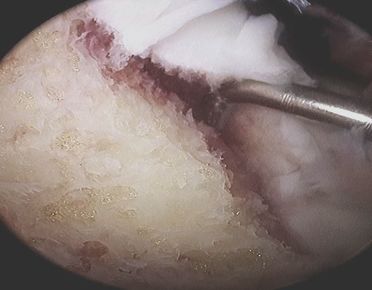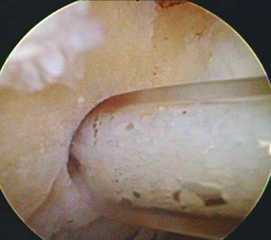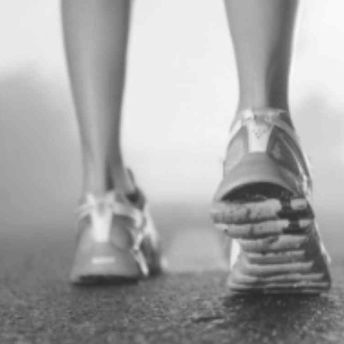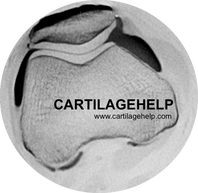Too young to retire from sportS?
|
Many professional sport careers end up too early due to cartilage issues, and there are a lot of people suffering from swelling and joint pain after physical exercise. Active people are used to exercise, but joint pain and swelling after physical activity can stop their running or jumping. This impairs quality of life, and in professional athletes, stops the career. It is true, that in most of the cases there has not been too much to do if cartilage is lost, but nowadays we have proper reconstruction methods available.
Imaging technology has developed greatly during past 20 years, but still we have to face the data that standard MRI imaging reveals only 70 percent of cartilage lesions. It means that many people are struggling with a mystery knee or ankle pain, even after negative MRI and extensive conservative treatment and rehabilitation. Training related symptoms, such as joint swelling, pain, mechanical locking or stiffness may be signs of a cartilage problem. |
cartilage can be repaired

It is always a question of whether one has a fresh traumatic cartilage lesion, or degenerative osteoarthritic joint. For sure, most of the symptomatic and debilitating cartilage lesions in working age patients can be treated, with no need for total joint replacement at younger age. Our experience is that in most cases where active people have been told to have osteoarthrosis, the overall cartilage condition can be surprisingly good, with only limited size cartilage problems compromising the performance of the whole joint. With current imaging technologies it is possible to measure cartilage thickness and to see reactions of underlying subchondral bone.Cartilage repair technologies are progressing rapidly, so many of the situations previously considered incurable, can be treated even with a single outpatient procedure.
In conclusion resting, taking painkillers and waiting for a knee replacement can be switched to cartilage repair, rehabilitation programme and return to play.
In conclusion resting, taking painkillers and waiting for a knee replacement can be switched to cartilage repair, rehabilitation programme and return to play.

Cartilage is worth saving. That is what we believe in, and what we are working for. CARTILAGEHELP.COM is not intended to be a clinical guide, but to give you free information on joint cartilage injuries, and their different diagnostic and treatment options. We have also included here information on the revolutionary 3D cone beam imaging (CBCT, usually called DVT=Digital Volumetric Scanning in German language area) method and on the unique Saloplasty cartilage reconstruction method.
We hope you find this site as a beneficial platform or missing link between hard scientific literature and everyday understanding of clinical practice and joint problems.
We hope you find this site as a beneficial platform or missing link between hard scientific literature and everyday understanding of clinical practice and joint problems.




